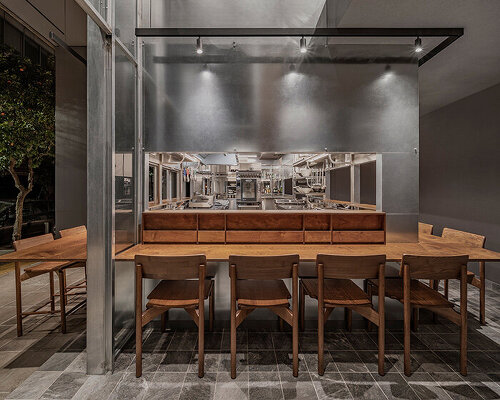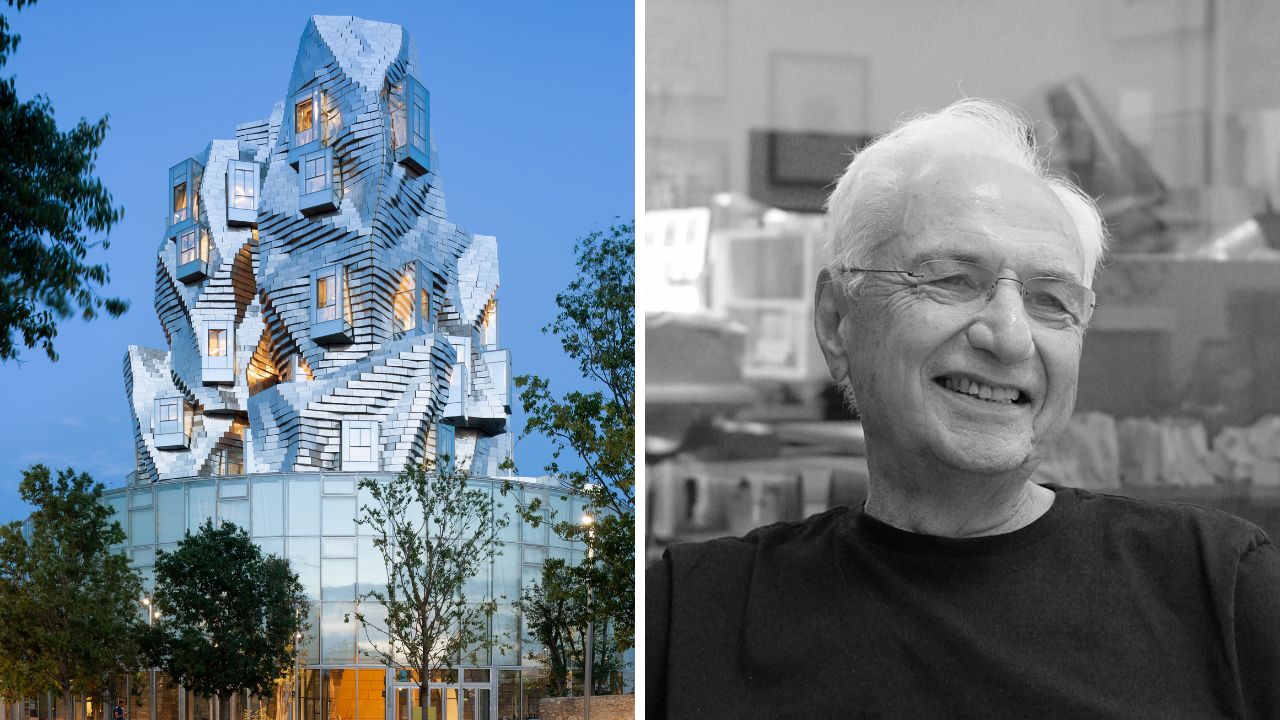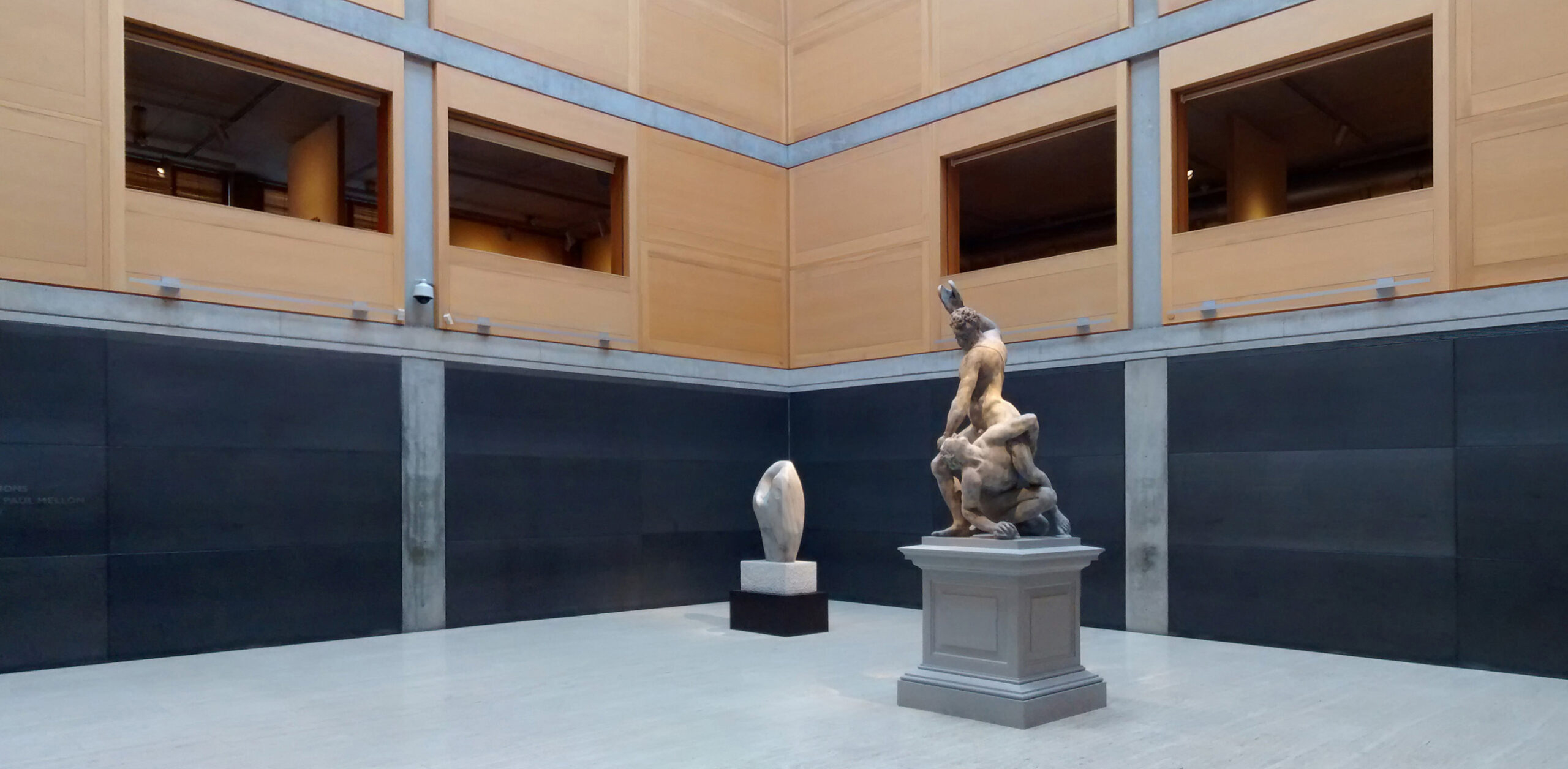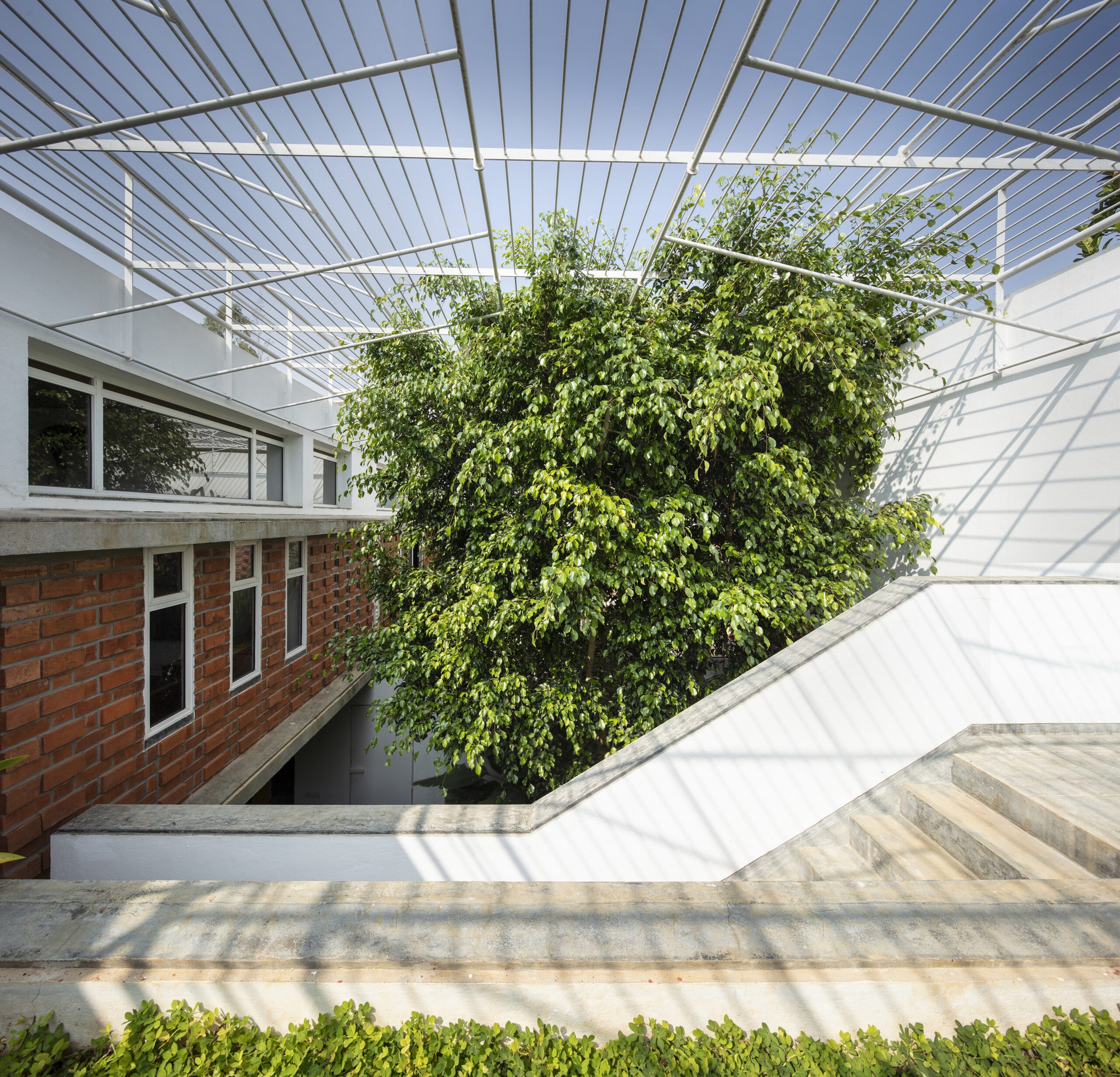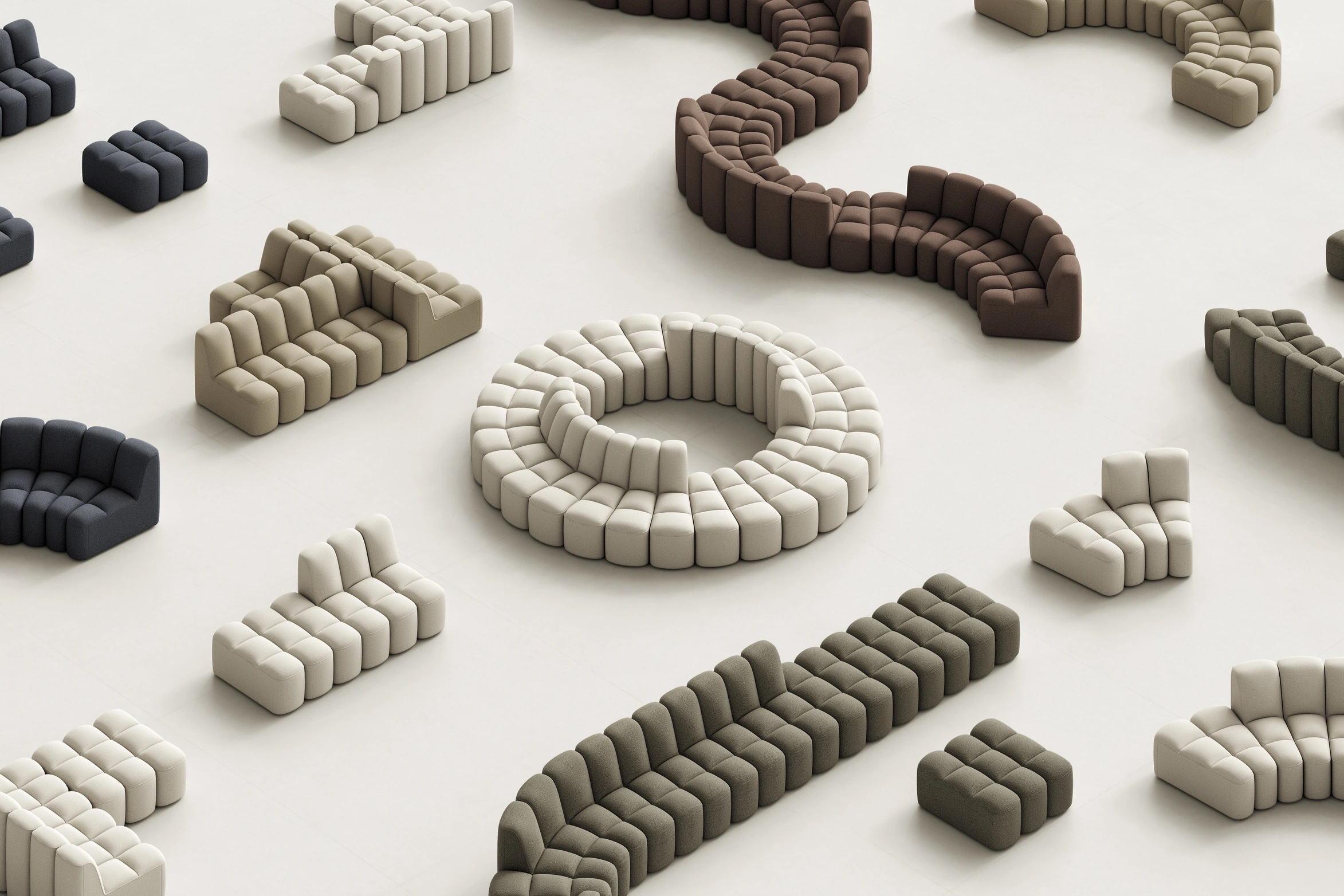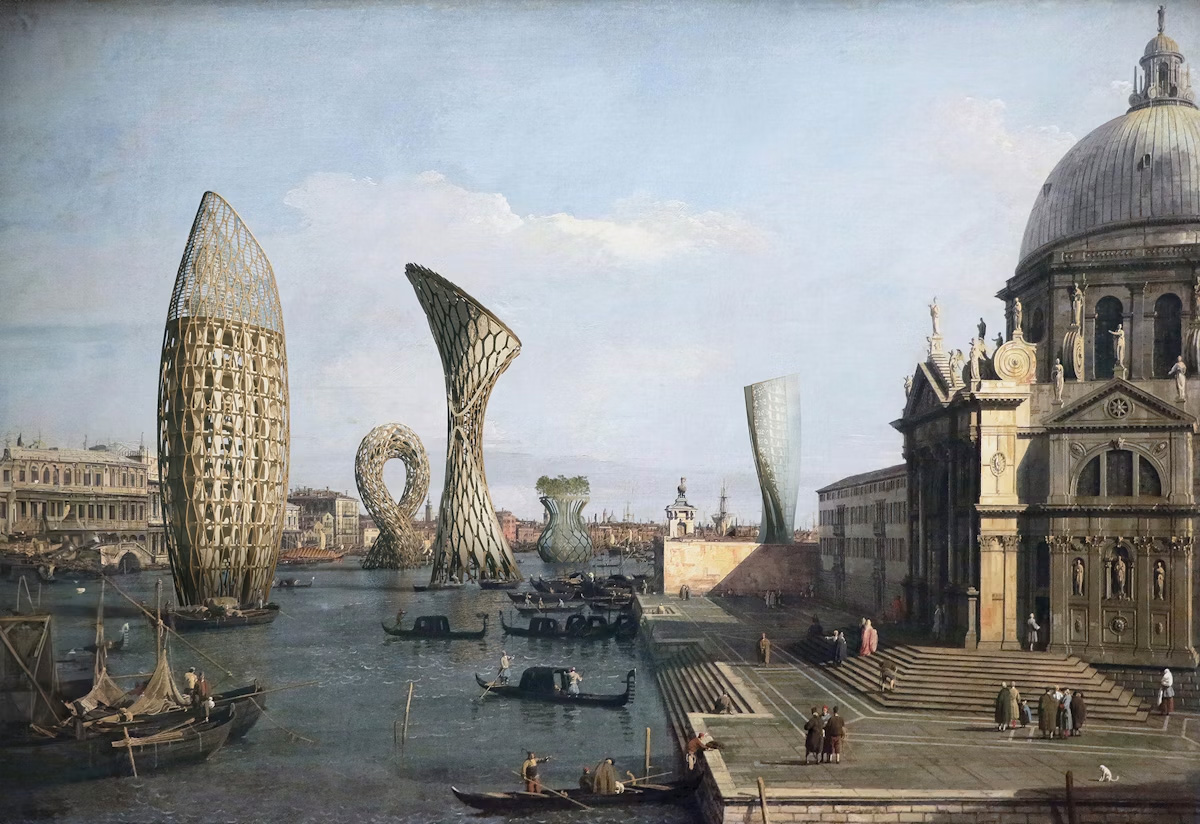Architectural Intelligence: Drafted by Design, Not by Prompt
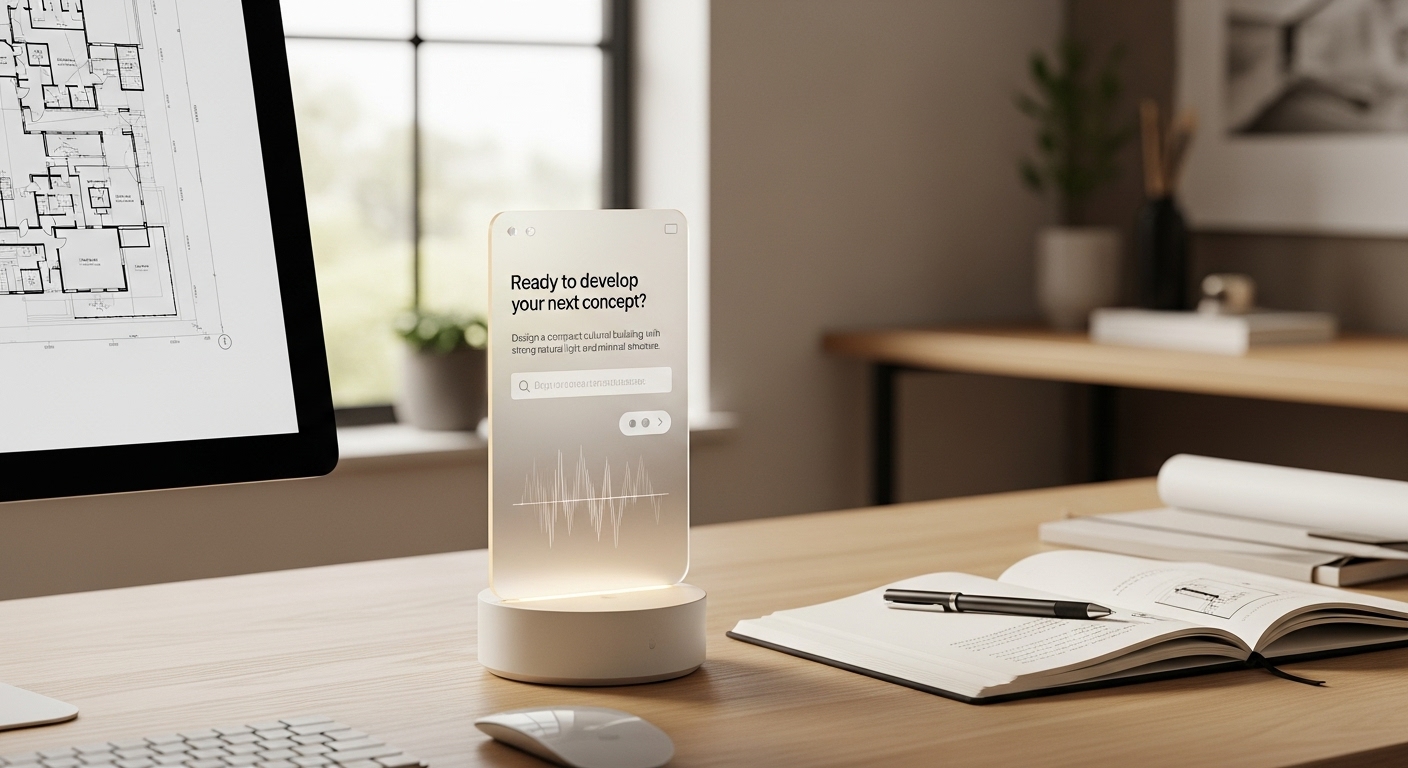
Jeronimo Tani is a speaker at RELEASE [AEC] — the first tech event designed to help professionals stay on the cutting edge of innovation and master the tools of the future. As technology, digital solutions and artificial intelligence continue to reshape the AEC sector, a unique event like RELEASE [AEC] is more essential than ever. The inaugural edition will be held in Paris on November 17, 2025. The event is 100% free for AEC practitioners: register today!
AEC is entering a decisive decade. Within five years, every top-performing team will have an AI lead organizing data, guiding workflows, and overseeing agent safety. Artificial intelligence is shrinking the distance between an idea and its execution. Those who learn to direct it with clarity will deliver more value with smaller teams in less time. The window is open now; wait, and the baseline will rise around you. The task is simple to state and demanding to practice.
Through these words, I share eight lessons from experience to help navigate the shift toward intelligent design:
AI will not replace the designer, but it will reshape what great design looks like for the next generation.

Intelligent Design Concept Series – Reshaping our coastlines – Biomimicry and additive manufacturing, creating structures that don’t just block waves but support marine life, filter water, and restore ecosystems, Miami, Florida – 3d printing coastlines, Video | Image via author.
When AI flashed onto my screen in the summer of 2022, I felt equal parts lift and unease. It showed a glimpse of what it is capable of today. One prompt can sketch a room, draft a contract, even echo my tone. Years spent refining my eye as architect and designer were suddenly amplified yet called into question. If a model can summon beauty on demand, where does our craft stand? How do we keep soul in the work, the poetry of a line, the spark of emotion that makes a space breathe? How do we resist uniformity and protect what makes us human?
The next competitive edge is not a single tool; it is a way of working.
Three summers into the ChatGPT aha-moment, most firms are not short on curiosity, yet they still lack a map. Leaders, architects, and designers want to use AI but do not know where to begin. Tools multiply faster than understanding; adoption is high, fluency low. There is a quiet hesitation inside many studios. They know AI is here, but no one wants to risk changing the workflow. So they stay curious from the sidelines, experimenting without committing.
Invest where AI gives compounding returns: systems, quality, and reuse.
I have seen teams spend days creating mockups and spreadsheets that AI could prototype or structure in minutes. The real cost is not just time. It is decision fatigue, delayed starts, and creative work that never begins because the setup is too heavy. The firms that turn AI from a test into a workflow gain momentum.
Treat AI like a skilled employee; clarity in direction equals clarity in results.
Vague prompts yield vague results; instead, write a brief for the model the way you brief a junior designer. State the goal, audience, constraints, references, and criteria for success. Ask for several options, then critique. Strong loops beat long prompts, and over time you will build a personal library of dependable chains. Turn your mind into a clear instruction engine. If you can brief precisely what you want to a model, you can explain it to a colleague, a client, and a team.
Today AI drafts contracts, proposals, sketches concepts, surfaces references, structures spreadsheets, or estimates costs. Tomorrow it will auto-populate scopes of work, fee brackets, and legal boilerplate that match your risk profile. Next AI agents will string tasks across platforms, track schedules and budgets, and warn you when something changes.
Craft still matters. Perhaps more than ever.
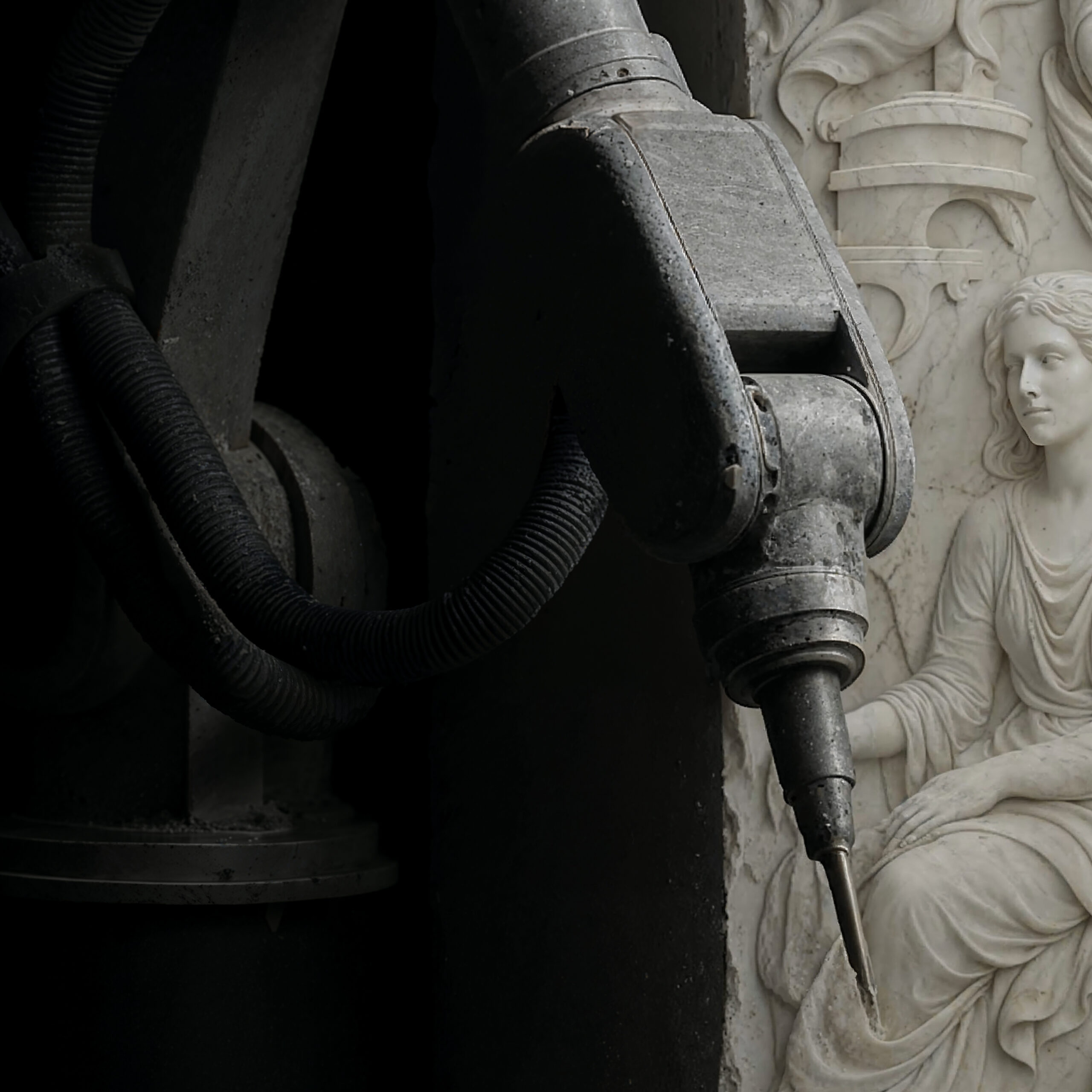
Code and emotion – Fragments of culture | Image via author
Like the Renaissance masters we must bridge art and science, code and emotion. Materials and fabrication, from quarry to finish and joint. Performance and comfort. Line, proportion, light, acoustics, thermal flow, sequence, circulation. There is no alternative to deliberate practice; tools extend reach but cannot replace rigor.
Fluency with multimodal AI opens faster exploration and sharper decisions, while story turns work into meaning. The designer of the next decade will speak to the board and to the public, translate strategy into places and services, and keep teams aligned.
Stay human, stay curious.
Authentic human experience becomes more valuable as AI output floods every feed. What stands out is not polish, it is presence. Emotional intelligence, point of view, and community building are not soft skills; they are the new strategic core. Creative discipline today means knowing what you want and why it matters, moving from noise to signal, creating with taste, the human ability to recognize what resonates. As Rick Rubin says,“The goal of art isn’t to attain perfection. The goal is to share who we are and how we see the world.” Our edge is the conscious, lived experience. AI can simulate beauty, but it does not feel wonder. It does not care. That is still the designer’s role, to bring emotion, judgement, and intention into the work.Build with intention, include more of humanity in the loop. AI multiplies what we put into it, but only we can choose what to care about.
One person can now create more value than ever.
With AI as leverage, for the first time a single person can design a space, generate art, prototypes, systems, videos, and narratives at a pace that once required a team. The bottleneck is no longer capacity, it is clarity.
The tools are here, the window is open, and those who act now are shaping what comes next. You do not need to know everything; you simply need to begin. Fei-Fei Li reminds us, “We have time, but we must act now.” The future is unwritten, yet the tempo has begun.
Start now, start small, real wins beat big plans that never ship. Pick one project and list the repetitive tasks that slow you down. Select one or two that AI can absorb this week. Write a clear brief, run the loop, measure the gain, and share the result with your team. Then lock the win into a repeatable workflow. If you are a student, pair every studio assignment with an AI plan: what to accelerate, what to check, what to visualize, what to learn.
Master your craft, master your tools, master your story, then use AI to multiply all three.
The shift to intelligent design cannot be navigated alone. I am learning, experimenting, and building in real time, and I invite you to join me. If you want help integrating AI into your work, wish to collaborate on an idea, or simply want to explore what is next, reach out. The future of our field will be shaped by those willing to think together, test together, and build with intention.
Jeronimo Tani is a speaker at RELEASE [AEC] — the first tech event designed to help professionals stay on the cutting edge of innovation and master the tools of the future. As technology, digital solutions and artificial intelligence continue to reshape the AEC sector, a unique event like RELEASE [AEC] is more essential than ever. The inaugural edition will be held in Paris on November 17, 2025. The event is 100% free for AEC practitioners: register today!
The post Architectural Intelligence: Drafted by Design, Not by Prompt appeared first on Journal.












![Castle Ruin Reichenau / [tp3] architekten](https://images.adsttc.com/media/images/6945/7981/40a1/5c01/805c/1d2c/medium_jpg/castle-ruin-reichenau-tp3-architekten_12.jpg?1766160820#)
















